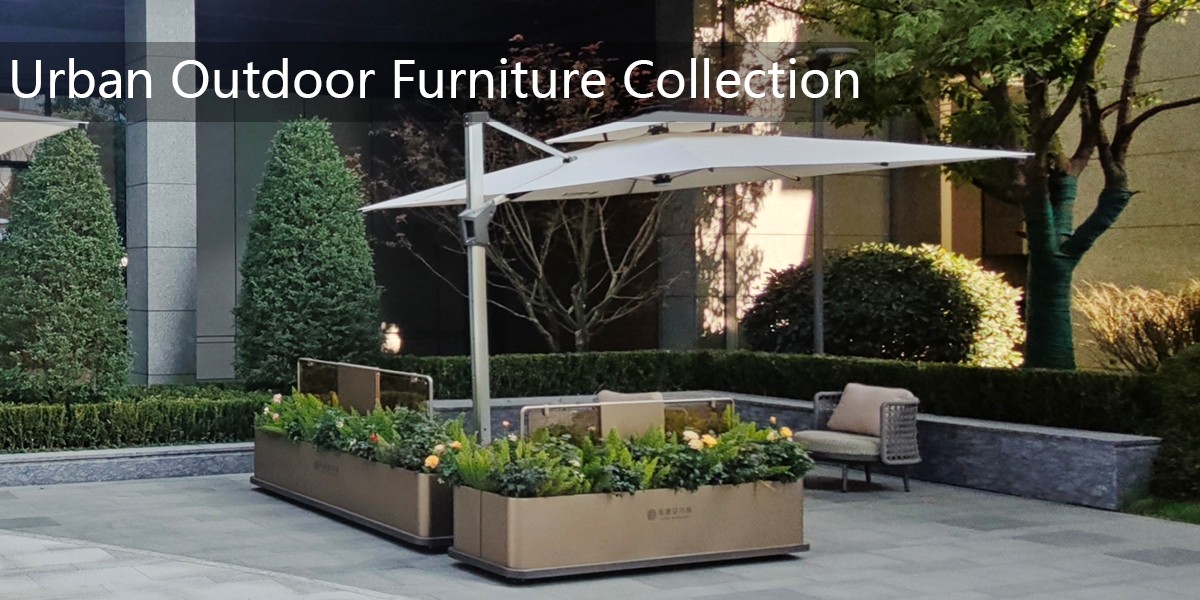Outdoor sculptures often employ repetition as a fundamental design technique to enhance visual harmony and create a sense of rhythm in public spaces. By repeating shapes, forms, or motifs, artists establish patterns that guide the viewer’s eye and evoke emotional responses.
One key application is structural repetition, where identical or similar elements are arranged in sequences, such as columns or stacked geometric forms. This technique not only strengthens the sculpture’s stability but also amplifies its aesthetic presence. For example, a series of arched metal pieces in a park installation can mimic natural waves, reinforcing a theme of movement.
Another approach is thematic repetition, where recurring symbols or figures convey deeper narratives. A sculpture featuring multiple identical human figures might represent unity or collective action, while repeated abstract shapes could symbolize cycles in nature.
Repetition also plays a role in interactive experiences. When viewers walk around a sculpture with repeated elements, the shifting perspectives create dynamic visual effects, engaging the audience more deeply.
Ultimately, repetition in outdoor sculptures transforms standalone artworks into cohesive statements, blending artistry with the surrounding environment. Whether subtle or bold, this design principle ensures lasting impact and memorability.


